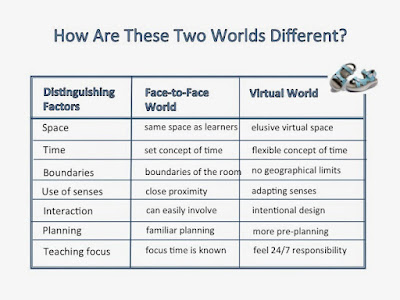Online teaching and learning should be an experience where presence is felt by both instructors and learners. How is presence created?
The sixth step is to design your course step-by-step for presence and community. For this you'll need a design framework. The Design Framework we created in our presence book (Lehman & Conceição, 2010) includes the Learner-Centered Model discussed in Step 5 and six tools to use – we call the tools the Determinants of Presence:
1. Content
2. Format
3. Instructor Roles
4. Strategies
5. Technologies
6. Support
The arrows connecting the model to the instructor and the determinants is the dynamic process you go through to revisit the Model and the Determinants as you develop your course.
Reference
Lehman, R. M., & Conceição, S. C. (2010). Creating a Sense of Presence in Online Teaching: How to “Be There” for Distance Learners. Jossey-Bass.











